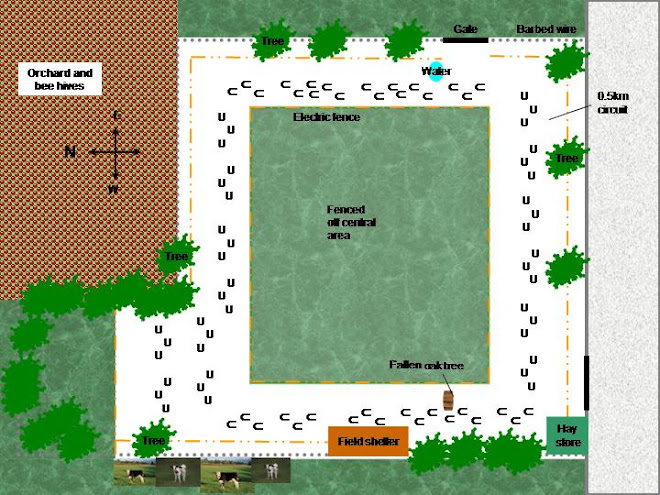The following photos are of three different horses, Horses One and Two had a toe shape typically criticised for being overly long. The last one, Horse Three, was considered to be fine.
Horse One
 |
| Long toe? Look at the shape and size of the heel, particularly the lateral cartilage. Can we just cut the toe off? |
 |
| Can you see the lamellar wedge? The heel is weak. See picture below. |
 |
| Collapsed heel - very weak digital cushion and lateral cartilages |
 |
| Same foot a few months later, still in rehab but compare heel and lateral cartilage with first picture |
 |
| Lamellar wedge almost gone |
Horse Two
 |
| Is this a long toe? |
 |
| Solar view of above foot. Which bit of the toe would you cut off to shorten? Notice contracted heel and thrush |
 |
| Still a work in progress, but notice how the heel has bulked up apparently shortening the toe |
Horse Three
 |
| This is a genuinely long toe. Shod every 6 weeks |
 |
| Front view of above |
 |
| Same foot two months later, sound, no longer tripping |
So what is often considered to be a 'long' toe is actually one with a shallow angle, often caused by a weak/atrophied caudal hoof. This can be only be properly fixed by developing the back of the foot through proper diet and exercise.
A truly long toe is often completely missed - they are even considered normal or desirable in some circles. Despite the fact that they can cause secondary problems such as tripping or injury. The truly long toe as shown in Horse Three is easily remedied by a competent HCP.








2 comments:
What I think is important to note in this post is that yes these are long toes and no you shouldn't just hack off excess length because reasons xyz, BUT they are all works in progress and we don't accept a long toe long term as normal or healthy. Great post.
Fascinating blog, thank you.
Jo B
Post a Comment